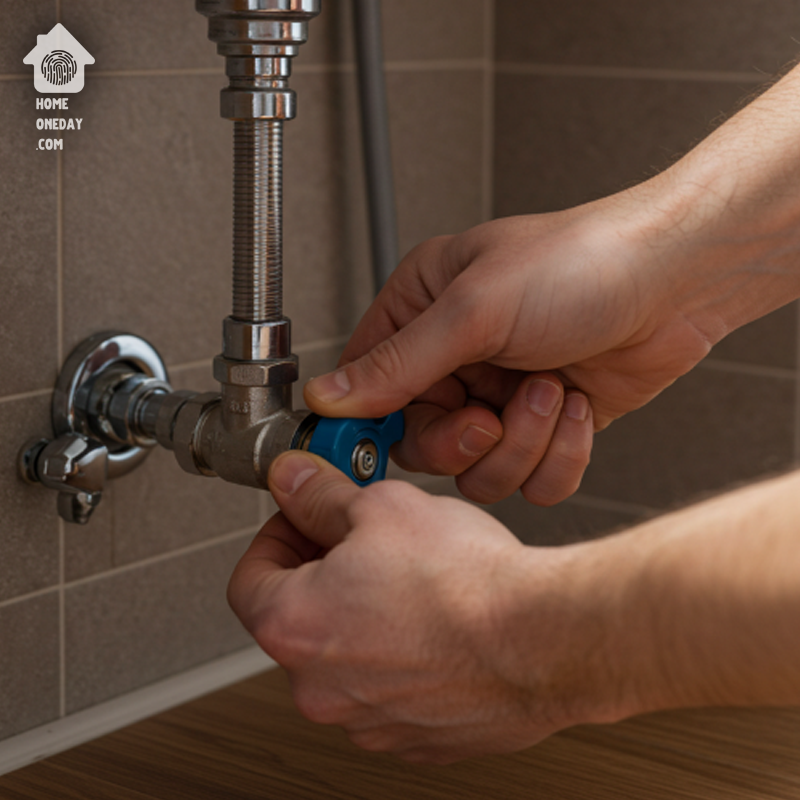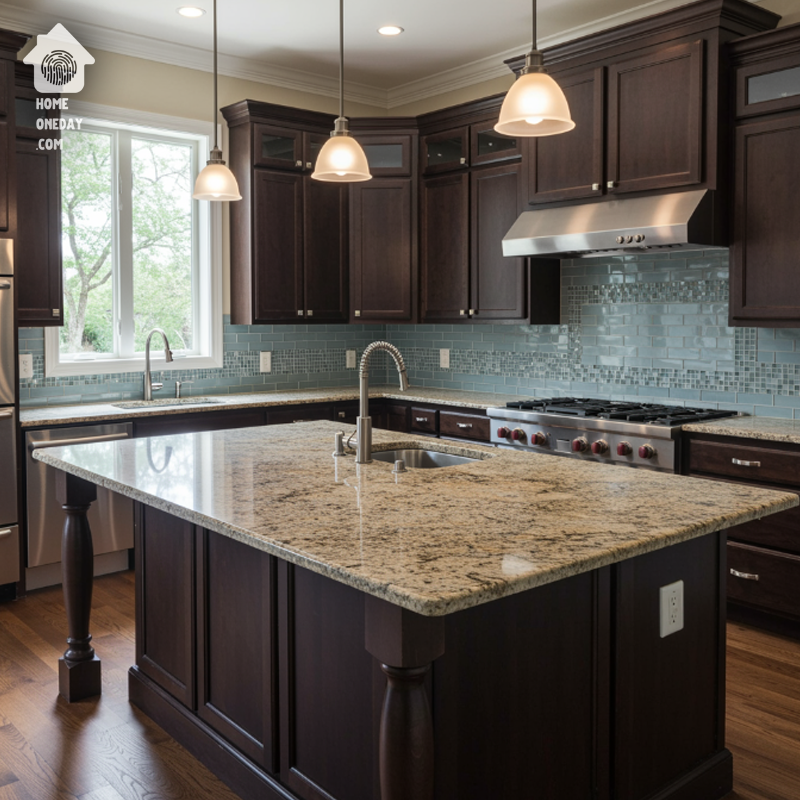Mastering Home Improvement: Tips and Tricks to Transform Your Space
Many homeowners find the idea of home improvement daunting, conjuring images of high costs, time-consuming projects, and extensive clean-up. However, with careful planning and the right knowledge, these fears can be allayed. Researching your mastering home improvement project beforehand is essential for ensuring a successful outcome. For a practical starting point, consider these Solid Home Improvement Tips And Tricks You Can Use Right Now, which offer simple guidance to get you moving in the right direction.
Overcoming Common Home Improvement Fears
The first step in mastering home improvement is to confront and overcome the anxieties that often accompany these projects.
- Fear of Cost:
- Create a detailed budget and stick to it.
- Prioritize projects based on their impact and affordability.
- Consider DIY options for tasks you’re comfortable with.
- Compare prices from multiple contractors to get the best deal.
If you’re just getting started, these Simple Home Improvement Ideas For The Homeowner can help you tackle cost-effective projects first.
- Fear of Time Commitment:
- Break down large projects into smaller, manageable tasks.
- Set realistic timelines and avoid overcommitting.
- Take advantage of weekends and holidays for DIY work.
- Hire professionals for tasks that require specialized skills or equipment.
- Fear of Mess and Disruption:
- Cover furniture and floors to protect them from dust and debris.
- Designate a staging area for tools and materials.
- Clean up regularly to minimize clutter and maintain a safe workspace.
- Communicate with household members about project schedules and potential disruptions.
Essential Tips for Mastering Home Improvement
Here are some key strategies to ensure your mastering home improvement projects are successful, efficient, and enjoyable.
1. Budgeting and Hiring Tips for a Smooth Renovation

Always obtain multiple bids from contractors before making a decision.
- Comparison Shopping: Comparing bids allows you to assess the market value of the project and identify potential outliers.
- Scrutinizing Quotes: Review each bid carefully, paying attention to the scope of work, materials, timelines, and payment schedules.
- Checking References: Verify the contractor’s credentials, licenses, and insurance, and check references from previous clients.
- Negotiating Terms: Don’t hesitate to negotiate terms with contractors to ensure they align with your budget and expectations.
- Example: By obtaining multiple bids for a kitchen renovation, you can identify a contractor who offers high-quality work at a reasonable price, saving you money and ensuring a successful outcome.
Looking for inspiration? Explore Simple Ideas On How To Plan A Home Improvement Project for more insights on making informed contractor decisions.
2. Avoiding Plumbing Mishaps: Shut Off the Water First

When working on household plumbing projects, always shut off the water supply to prevent water damage.
- Preventing Flooding: Shutting off the water minimizes the risk of flooding and water damage during repairs or installations.
- Avoiding Costly Repairs: Water damage can lead to costly repairs to walls, floors, and ceilings, which can be avoided by taking this precaution.
- Locating Shut-Off Valves: Familiarize yourself with the location of main shut-off valves and individual fixture shut-off valves.
- Example: When replacing a faucet, turning off the water supply to the sink prevents water from spraying everywhere and causing potential damage.
3. Make Smart Renovation Choices for Long-Term Value

Consider how your mastering home improvement projects will impact your home’s long-term value and appeal.
- Home’s View:
- If your home has a beautiful view, try to enhance it. Maximize view potential by installing large windows, building a deck, or trimming trees.
- It can be costly to implement projects such as this, but the value of a great view is something that can impact a home’s worth and sale price.
- Regular Painting:
- Establish a regular painting schedule to keep your home looking fresh and well-maintained. This simple routine can prevent costly repairs later. Need ideas? Check out these Simple Projects to Refresh Your Home for inspiration.
- Energy Efficiency:
- Invest in energy-efficient upgrades, such as insulation, windows, and appliances, to reduce utility bills and increase your home’s market value.
- Neutral Design Choices:
- Opt for neutral colors and timeless designs to appeal to a wider range of potential buyers.
Example: A kitchen renovation with high-quality materials and timeless design can significantly increase your home’s market value and appeal to future buyers.
4. Improve Efficiency by Sealing Air Leaks

Sealing air leaks is an inexpensive way to improve your home’s energy efficiency.
- Identifying Leak Sources: Inspect your home for common air leak sources, such as gaps around doors and windows, cracks in walls, and openings around pipes and wires.
- Caulking and Weather Stripping: Use caulk to seal small cracks and gaps and weather stripping to seal around doors and windows.
- Insulating Attics and Crawl Spaces: Add insulation to attics and crawl spaces to reduce heat loss and gain.
- Professional Assessment: Consider hiring a professional energy auditor to identify hidden air leaks and recommend energy-saving improvements.
- Example: Sealing air leaks around windows with caulk can significantly reduce drafts and lower energy bills.
Need more practical advice? Simple Ideas For Success At Your Next Home Improvement Project offers great tips for improving efficiency without breaking the bank.
Create a Home That Reflects You
Mastering home improvement is about creating a space that reflects your personal style, meets your needs, and enhances your quality of life. Embrace the challenges, learn from your experiences, and take pride in your accomplishments. For an added boost of inspiration, you can also explore the concept of home improvement to understand how it has evolved over time.
With the right knowledge and a proactive approach, you can transform your house into a home you truly love.
FAQs
1. How can I save money on home improvement materials?
- Answer: Shop around for sales, consider buying used or refurbished items, and look for discounts at local home improvement stores.
2. What are some essential tools for DIY home improvement projects?
- Answer: A hammer, screwdriver set, measuring tape, level, utility knife, and safety glasses are essential for most DIY projects.
3. How can I protect my floors during a home improvement project?
- Answer: Cover floors with drop cloths, cardboard, or construction paper to protect them from scratches, spills, and debris.
4. What are some common mistakes to avoid during home improvement projects?
- Answer: Not planning properly, underestimating costs, rushing through projects, and neglecting safety precautions are common mistakes to avoid.
5. How do I find reputable contractors for home improvement projects?
- Answer: Ask for recommendations from friends and family, check online reviews, verify licenses and insurance, and obtain multiple bids.
In the realm of home improvement, every small step forward is a victory in itself. Remember that each project, no matter how modest, contributes to the overall enhancement of your living space and personal satisfaction. As you tackle each task, embrace the learning curve, and celebrate the moments of success, no matter how big or small. Your home is a reflection of your journey and aspirations, and with each improvement, you’re not just transforming walls and fixtures, but also cultivating a sense of pride and accomplishment that radiates throughout your life. Keep moving forward, stay inspired, and revel in the satisfaction of creating a space that truly feels like home.


